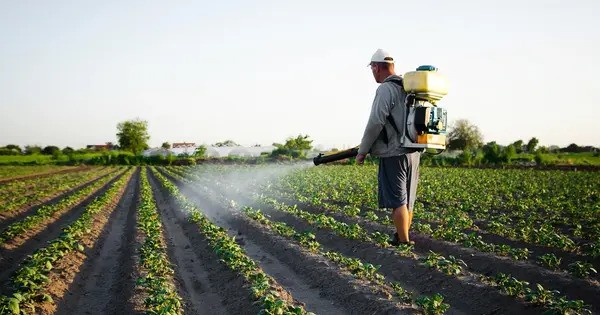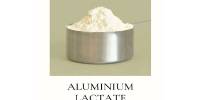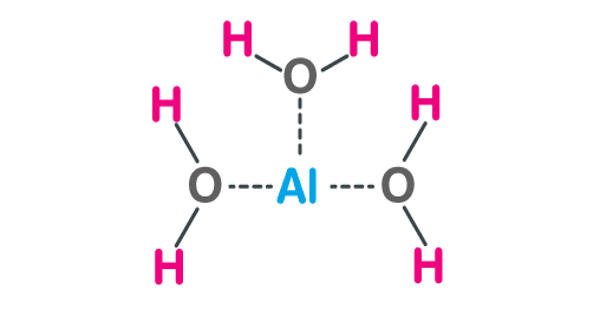Copper pesticides are copper compounds used as bactericides, algaecides, or fungicides. These are chemical compounds that contain copper and are used to control a wide variety of plant diseases caused by fungi and bacteria. They’re commonly used in agriculture, horticulture, and even in home gardening. They can kill bacteria, oomycetes and algae, and prevent fungal spores from germinating. Common forms of fixed copper fungicides include copper sulfate, copper sulfate pentahydrate, copper hydroxide, copper oxychloride sulfate, cuprous oxide, and copper octanoate.
Copper fungicides work by slowly releasing positively charged copper ions Cu+ and Cu2+ in concentrations that interact with nucleic acids, interfere with energy transport, disrupt enzyme activity, and affect the integrity of cell membranes of pathogens. Both ions have fungicidal and bactericidal activity.
Following absorption into the fungus or bacterium, the copper ions will link to various chemical groups (imidazole, phosphate, sulfhydryl, and, hydroxyl groups) present in many proteins and disrupt their functions. Copper ions can kill pathogen cells on plant surfaces, but once a pathogen enters host plant tissue, it is no longer susceptible to copper treatments at the prescribed concentrations. The prescribed copper ion concentrations lack post-infection activity. Higher copper ion concentrations harm the host plant.
Active Forms
- Copper sulfate (CuSO₄): Soluble in water; commonly used in Bordeaux mixture.
- Copper hydroxide [Cu(OH)₂]: Less soluble; provides a slower release of copper ions.
- Copper oxychloride [3Cu(OH)₂·CuCl₂]: Moderately soluble; used in dusts and sprays.
- Cuprous oxide (Cu₂O): Lower solubility; often used in organic farming.
Mode of Action
- Copper ions disrupt proteins and enzymes in fungal and bacterial cells by binding to their thiol (–SH) groups, leading to cell damage and death.
- Works preventatively, not curatively—must be applied before or at early stages of infection.
Persistence
- Copper residues can persist in soil, especially with repeated use.
- Does not degrade; accumulates over time.
Toxicity
- Generally low toxicity to humans when used properly.
- Toxic to aquatic organisms and some beneficial insects.
- Phytotoxicity (plant damage) may occur at high concentrations or under certain environmental conditions (e.g., wet, acidic soils).
















